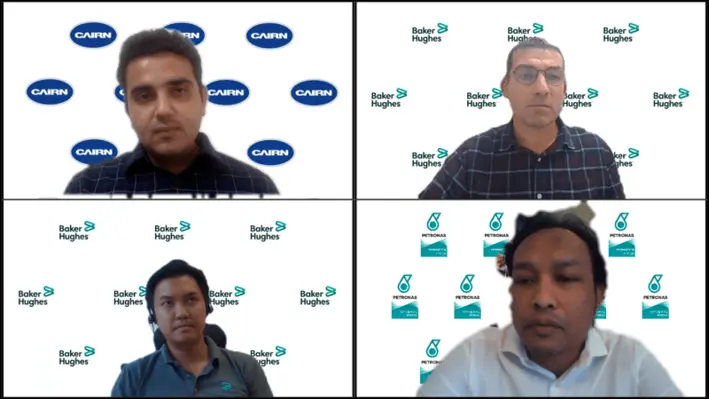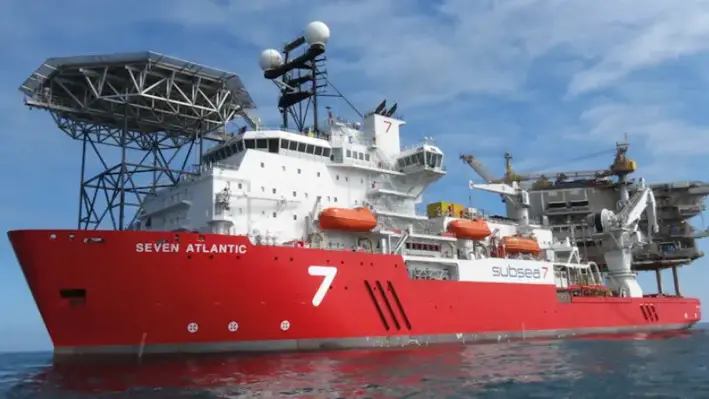 At the virtual Offshore Well Intervention Asia Pacific Conference, an expert panel discussed how a growing emphasis on collaboration is complementing the shift to integrated services which is unlocking value for both operators and service providers.
At the virtual Offshore Well Intervention Asia Pacific Conference, an expert panel discussed how a growing emphasis on collaboration is complementing the shift to integrated services which is unlocking value for both operators and service providers.
Commenting on the rise in integrated services, Scott Deacon, Subsea Intervention Lead, Baker Hughes, opened the session by stating, “This is a growing area in the light well intervention space and it is also growing in the plug and abandonment (P&A) space as well. To have integrated solutions allows us to collaborate and support each other and brings cost effective and efficient solutions for operators.”
Chin Siang Tan, Senior Services Manager at Baker Hughes, added, “When we go into discussions with operators, they are much more open to the idea of us putting things together in a customised package and it is a very wide range of offers we are talking about now. Not just hardware but things like digital, software, remote surveillance etc are really striking interest in the conversation with operators now.”
“The scope of these integrated services is not just defined by operators but as a service contractor we have a responsibility to integrate and support not just within ourselves but outside our capabilities. Working with key subcontractors well help provide a bigger range of coverage and exercise the flexibility to customise solutions and provide the best project value for operators.”
Ankesh Nagar, lead engineer Petroleum Engineering & Surface facility North East India, Cair Oil & Gas, said, “Looking at a decade of our discrete services we realised there were some slippages on key contracts and projects which was ultimately due to some discrete contracts unable to deliver in the right spirit of the project. We as a group thought that when we moved into integrated solutions for both OPEX and CAPEX we would be able to take care of that aspect and improve on delivery. This is exactly what we saw when we took this step from 2015 onwards. Now we have multiple, regional, integrated service contracts for drilling as well as drilling and testing integrated services. We have found that even if you have projects over large areas you can still manage the delivery of them with leaner teams and achieve objectives of your business plans.”
Muhamad Zaki Amir Hussein, Well Intervention Specialist, Petronas MPM, noted that while it can be more messy for smaller providers to merge with others in order to offer these integrated services, generally the advantages far outweigh the associated challenges. He said, “For services providers this can align and focus your resources rather than having separate businesses developed for different service lines and having to manage separate contracts and performance levels. Having a single contract is more efficient and gives them more room to work in terms of economic of scale.”
Collaboration
The growing popularity of integrated services, combined with the Covid-19 restricted climate, has put a much greater emphasis on collaboration, with most service providers and operators now considering this a far greater part of their business model.
Deacon said, “Collaboration has been highlighted as the way forward and I think it is key for industry especially through the times we have just had. Service providers need to work together, operators need to work together. By looking outside of the business you can utilise other solutions which may be the best solution for the operator.”
Commenting on how his company has expanded this aspect, Nagar said, “We do an annual workshop with not only the service companies who have done work with us but also discrete and more niche services present as well. Then, when we project a need for a solution, there is already a good networking platform for these niche companies to showcase their potential so they can ultimately become part of the integrated service solution. Since our objective is to get a good quality output it is important to ensure there is good collaboration not just between us but also on their end as well. At the end of the day good communication and good collaboration equals good delivery of projects.”
Zaki added, “I agree there are great opportunities for smaller service providers with standalone solutions to learn through collaboration. There is great potential for syndication, experience and resource sharing across these service providers via collaboration for integrated solutions. As for collaboration among operators, there are more opportunities for this especially for bigger packages like workover and subsea work where mobilisation costs are high.”
“Bigger mobilisation and higher spread rates with subsea and workover packages require more economic of scale. Hence we try to find synergies and encourage collaboration across operators for this in the form of joint tenders or farming into an existing, awarded contract.”
To view the full session, follow the link below:
https://www.youtube.com/watch?v=1mPcYhTsBfE




